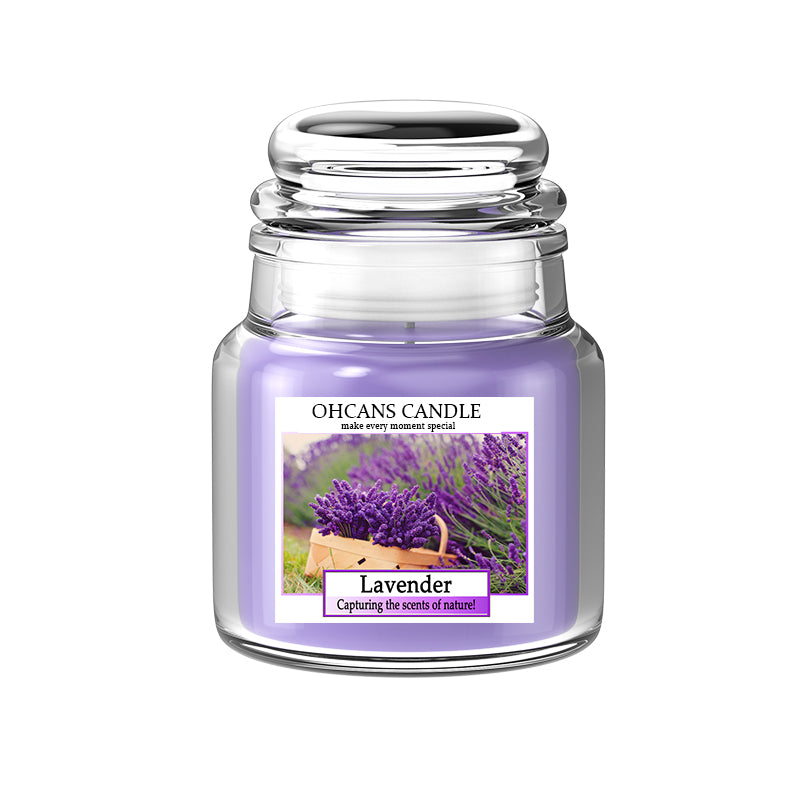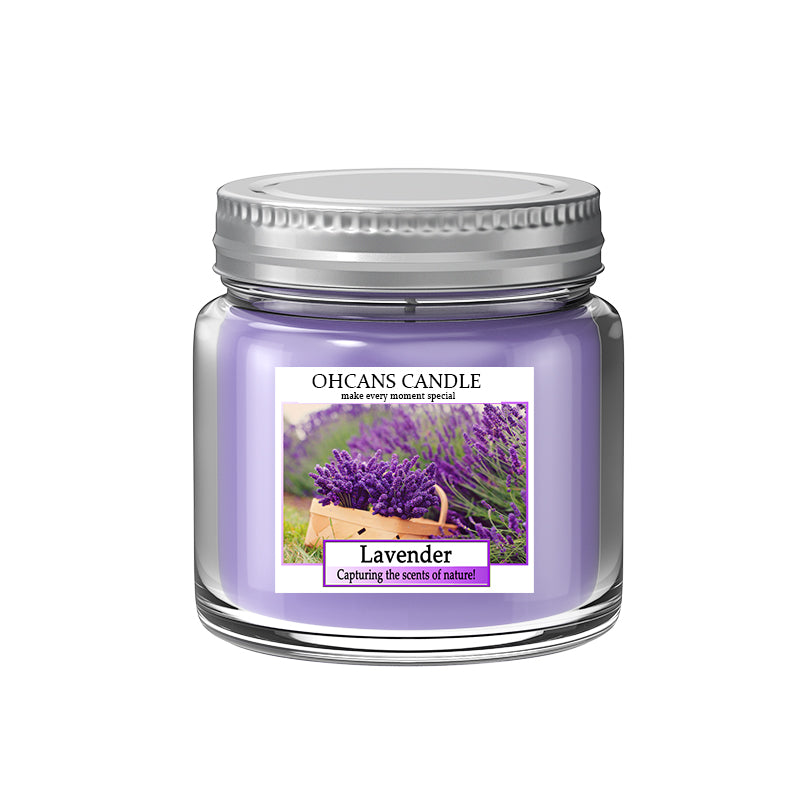Oil Smoke Point Chart: Find the Perfect Cooking Oil

Understanding the Importance of Oil Smoke Points
When it comes to cooking oil selection, understanding the importance of smoke points is crucial. The smoke point refers to the temperature at which an oil starts to smoke and break down, releasing harmful compounds. By choosing the right oil with an appropriate smoke point, you can enhance both flavor and safety in your culinary creations.
Smoke points determine the cooking methods suitable for each oil. Oils with high smoke points are ideal for frying and high-heat cooking, while oils with low smoke points are better suited for low-heat cooking or as finishing oils. Additionally, different types of oils offer distinct benefits. Refined oils have higher smoke points and longer shelf lives, while unrefined oils retain natural flavors and nutrients.
By understanding the importance of oil smoke points and considering the specific needs of your dish, you can select the perfect cooking oil to elevate your culinary experience.
Smoke Points: What They Mean and Why They Matter
Definition of Smoke Point
The smoke point of an oil refers to the temperature at which it starts to produce visible smoke when heated. It is an important characteristic to consider when choosing cooking oils as exceeding the smoke point can lead to undesirable outcomes. When oil reaches its smoke point, it begins to break down and release harmful compounds into the air, such as acrolein and other toxic fumes. These compounds not only affect the taste of your food but can also have negative health implications.
Importance of Smoke Point in Cooking
Understanding the smoke point of different oils is essential for determining their suitable cooking methods. Oils with high smoke points are ideal for high-heat cooking techniques like frying, sautéing, or stir-frying. The ability to withstand higher temperatures without smoking allows these oils to maintain their stability and integrity during cooking.
On the other hand, oils with low smoke points are better suited for low-heat cooking methods such as gentle sautéing or using them as finishing oils in salad dressings or drizzles. Using oils beyond their smoke points can result in a burnt or rancid taste, compromising the flavor profile of your dishes.
By understanding the concept of smoke points, you can prevent oil degradation and potential kitchen accidents caused by overheating. Choosing an appropriate oil with a suitable smoke point for your desired cooking method will help you achieve optimal results while preserving both flavor and safety in your culinary endeavors.
Refined vs. Unrefined Oils: Understanding the Differences
Refined Oils
Refined oils undergo processing methods that involve removing impurities and increasing their smoke points. This refining process typically involves filtering, bleaching, and deodorizing the oil to enhance its stability and extend its shelf life. Refined oils have a neutral flavor profile, making them versatile for various cooking techniques. They can withstand higher heat without smoking or breaking down, making them suitable for frying, sautéing, and other high-heat cooking methods. Additionally, refined oils tend to have longer shelf lives compared to unrefined oils.
Unrefined Oils
Unrefined oils are minimally processed and retain their natural flavors and nutrients. They are obtained through mechanical extraction methods or cold-pressing techniques that preserve the oil's original characteristics. Unrefined oils have lower smoke points compared to refined oils, which makes them better suited for low-heat cooking or as finishing oils in salad dressings or dips. These oils offer distinct flavors that can enhance the taste of your dishes while providing additional health benefits due to their nutrient content.
When choosing between refined and unrefined oils, consider the specific needs of your recipe and desired flavor profile. Refined oils offer versatility and higher smoke points, making them suitable for a wide range of cooking techniques. On the other hand, unrefined oils provide unique flavors and potential health benefits but may require more careful handling due to their lower smoke points. Experimenting with different types of refined and unrefined oils will allow you to discover the perfect match for your culinary creations.
Exploring Common Cooking Oils and Their Smoke Points
Olive Oil
Olive oil is a popular choice in many kitchens due to its rich flavors and health benefits. There are two main types of olive oil: extra virgin olive oil and regular olive oil. Extra virgin olive oil has a low smoke point, typically around 375°F (191°C), making it ideal for drizzling over salads or using as a finishing oil. Its delicate flavor profile adds depth to dishes without overpowering them. Regular olive oil, on the other hand, has a higher smoke point, usually around 410°F (210°C). This makes it suitable for sautéing vegetables, light frying, or using in recipes that require slightly higher heat. Both types of olive oil offer numerous health benefits, including being rich in monounsaturated fats and antioxidants.
Canola Oil
Canola oil is another versatile cooking oil known for its high smoke point and neutral flavor. With a smoke point of approximately 400°F (204°C), canola oil can withstand various cooking methods such as baking, deep frying, and sautéing at medium-high temperatures. Its mild taste allows the flavors of other ingredients to shine through without overpowering them. Canola oil is also low in saturated fat and contains omega-3 fatty acids, making it a heart-healthy option.
When selecting cooking oils based on their smoke points, consider the specific requirements of your recipe and desired cooking method. Olive oil offers distinct flavors that work well in salad dressings or when used as a finishing touch on cooked dishes. Canola oil's high smoke point makes it suitable for a wide range of cooking techniques where higher temperatures are involved. Experiment with these common cooking oils to discover which ones best complement your culinary creations while considering both flavor and functionality.
Choosing the Perfect Cooking Oil
When it comes to selecting the perfect cooking oil, considering the smoke point and cooking method is essential. Refined oils, with their higher smoke points, are versatile and can withstand higher temperatures, making them suitable for a wide range of cooking techniques. On the other hand, unrefined oils offer distinct flavors and are better suited for low-heat cooking or as finishing oils.
To find the ideal match for your culinary creations, don't be afraid to experiment with different oils. Each oil brings its own unique characteristics to a dish, enhancing flavors in different ways. By understanding the smoke points and flavor profiles of various oils, you can make informed choices that elevate both taste and safety in your cooking endeavors. So go ahead and explore the vast array of culinary oils available to find your perfect cooking companion.
Difference Between Refined and Unrefined Oils
When it comes to culinary oils, you've got refined and unrefined as your options. Refined oils go through more extensive processing and filtering to remove impurities, odor, and flavor. This leaves them super neutral in taste. Unrefined oils are pressed from the ingredients and bottled up without much alteration, keeping all the natural flavors and aromas intact.
Refined oils have a higher smoke point since filtration removed the bits that burn easy. That makes refined better for high-heat cooking like frying. But the tradeoff is losing nutrients and antioxidants in refinement - kind of like eating white bread instead of whole grain.
On the flipside, unrefined oils retain all their natural vitamins, minerals and antioxidants since they're less processed. But their flavor is stronger and smoke point lower, so they're not ideal for heavy cooking. Think of unrefined oils like you do extra virgin olive oil - better to add them after or drizzle lightly. There are examples of unrefined oils such as oilve oils, avocado, grapeseed, grapeseed, and flaxseed oils. On the other hand, refined oils such as coconut, grapeseed, and sunflower have much higher smoke points that is ranging from 400F~500F.
So in choosing cooking oils, you gotta decide if you prioritize higher heat tolerance, neutral taste, or nutritional quality. Your best bet is to keep some of both refined and unrefined on hand so you're stocked for all cooking needs!



